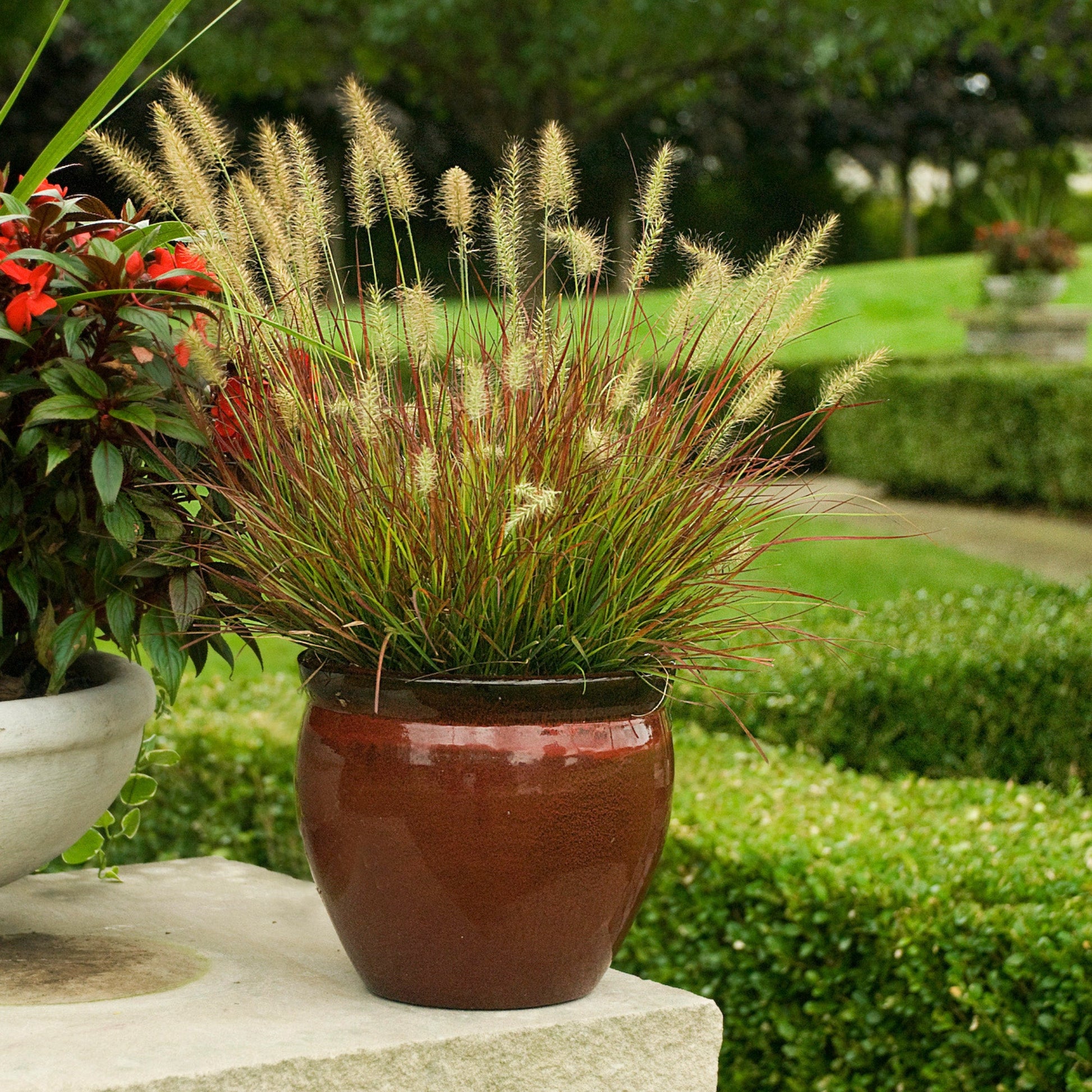Pennisetum alopecuroides 'Burgundy Bunny'
'Burgundy Bunny' Fountain Grass
'Burgundy Bunny' Fountain Grass
Exposure
- Sun
Rusticity
Bloom time
- August
- September
- October
- November
- Miniature
- Fall coloration
- Soft beige plumes
- Floral arrangements
- Easy to maintain
Add a touch of vibrant colour to your garden with Pennisetum alopecuroides 'Burgundy Bunny', a dwarf ornamental grass with flamboyant foliage. Its green leaves take on a burgundy red hue in summer, culminating in a brilliant red in the fall, creating a striking contrast with its beige plumes.
Characteristics
- Form: Compact and rounded, forming a dense clump.
- Flowers: Soft beige plumes that appear in late summer and persist into winter.
- Foliage: Green tinted with burgundy red in summer, turning bright red in autumn.
- Mature Size: 30 to 45 cm in height and width.
- Hardiness: Zone 5 (withstands temperatures down to -29°C).
- Sunlight: Full sun.
- Soil: Well-drained, tolerates dry soils.
Where to plant and use
Pennisetum 'Burgundy Bunny' is ideal for small spaces:
- Borders and rock gardens: Its small size and colourful foliage make it an excellent choice for borders, rock gardens, or gravel gardens. Pair it with other dwarf grasses like Carex or Festuca.
- Beds and borders: Plant it in groups to create an effect of texture and colour, or mix it with other hardy perennials such as coneflowers, black-eyed Susans, sedums, or asters.
- Containers: It also grows very well in pots to decorate your patio or balcony. Combine it with other plants with contrasting foliage or annual flowers for a spectacular effect.
Growing tips
- Planting: In spring, after the last frost. Space plants 30 to 40 cm apart.
- Watering: Regular in the first year after planting, then drought tolerant once established.
- Pruning: Cut back foliage to 10 cm from the ground in late winter or early spring.
- Winter protection: Not necessary.
Plant details
Dimensions
Dimensions
Characteristics
Characteristics
Habit:
- Tufted
Flowering colours:
- White
Plant needs
Plant needs
Watering:
- Moderate
- Regular watering
Maintenance:
- Easy. Prune short very early in spring or late in fall. It can be divided in the spring.
Soil requirement:
- Moist, but well drained
Features
Features
Resistance:
- White-tailed deer
- Drought
Attract:
- Birds
Use:
- Rockeries
- Flowerbeds
- Small spaces
- Floral arrangements
- Cut flowers
- River banks
Attribute:
- Floral arrangements

Related articles
-
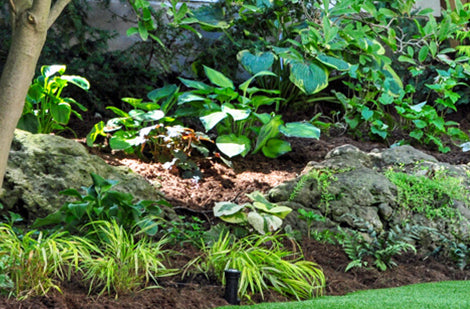
Perennials for all occasions
Read the articleOsez créer des associations inédites qui sauront refléter votre personnalité, même si pour cela vous deviez déplacer certaines vivaces pour mieux les mettre en valeur.
-
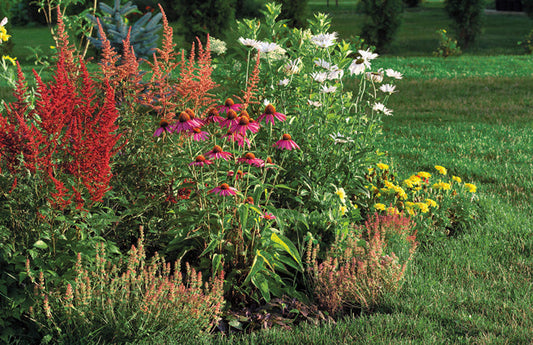
Landscaping with perennials
Read the articleVariétés à découvrir, la tomate se savoure crue, en sandwich, en bruschetta ou en salade. Cuite, c'est l'ingrédient de base de sauces, soupes et salsas.
-
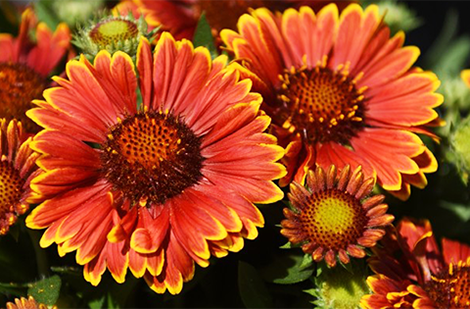
Perennials proper maintenance: cut and fertilize
Read the articleLa grande popularité des vivaces vient du fait qu'après avoir été oubliées pendant des mois au cours de l'hiver, elles réapparaissent sur la scène plus énergiques et surprenantes que par...
-
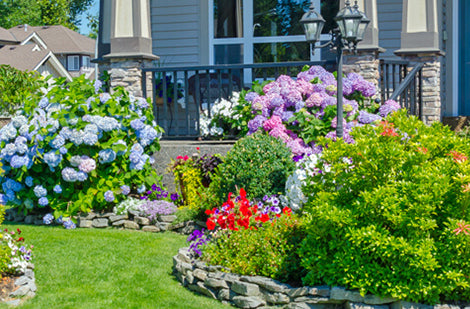
How to plant perennials in your garden
Read the articleEn pénétrant au jardin, ce sont souvent les plantes vivaces que l’on remarque en premier. Un massif de sauges, d’hémérocalles, d’astilbes, d’échinacées ou de lavande offre un spectacle d’une beauté...

